The content of the article
Surely in the life of every driver driving a vehicle, there was a problem associated with the discharge of the battery. It’s good if this situation happened in the garage or near the place where the battery can be charged. But it often happens that the battery fails at the wrong time and far from home.
In such cases, it will be possible to start the car with the help of a donor machine. This process is called lighting. To properly charge a dead battery, you need to pick up good wires and observe safety precautions.
How to choose wires for lighting
In the process of lighting, the main role is played by the connecting wires. A very large voltage goes through them, so if the wires are old or of poor quality, then everything can end with unpredictable consequences or just nothing happens.
Criteria for choosing a quality wire:
- Cross section - select wires with a cross section of at least 15 mm.
- Length - the optimal and convenient length of wires for connection is 2-3 meters.
- Voltage loss - at 100A no more than 1.3 volts, and at 200A no more than 2.3 volts, for every 1.5 meters.
- Material - high-quality wires are made of copper, other materials have reduced conductivity.
- The junction of the clamps and wires - should have a reliable soldering, and even better if the wires and crocodiles are one.
- Maximum allowable current - for standard batteries from passenger cars it is better to select wires that can withstand at least 200A.
You can make the wires yourself. To do this:
- Find a thick copper wire - the larger its cross section, the better.
- Buy clamps with a large area of contact.
- Solder the wire to the clamp using soldering acid, and then coat the connection with tin.
- Qualitatively insulate the resulting wire.
Safety Precautions While Lighting
- Make sure that the clamps do not touch the body of the car, otherwise a short circuit cannot be avoided.
- Check cable quality. On a wire not intended for high current strength, burnout of insulation is possible.
- Make sure that the cars have the same voltage on the mains. In cars and trucks, it can be different.
- Fasten the negative cable only to the body (ground) and not to the battery terminal.
- Do not touch the car body with your bare hands.
- Make sure that the battery that the vehicle is starting is in working condition. In the event of a malfunction, overheating or rupture of the battery may occur.
How to light a car
- The distance between the cars must be sufficient to connect the wires.
- Check the tightness of both batteries. It is necessary to light while the engine of the donor car is turned off, as the functional settings may fail. It is also required to fix the position of both cars with the parking brake, and completely turn off the ignition. After these simple steps, you can proceed to install the wires.
- During connection, it is important to observe the polarity. First of all, connect the red wire with the plus sign to the donor battery, then to the dead battery. Then attach the black wire with one end to the minus of the donor battery, and the other to the metal body (mass) of the car that needs to be reanimated. It is advisable to install a negative crocodile near the starter, but as far as possible from the rotating elements or the fuel system.
- After connecting the wires, you must again make sure that the clamps are correctly and firmly fixed. After making sure that everything is in order, start the donor car and leave it in working condition for several minutes. It is necessary to give a little time to the discharged battery in order to get into working condition.
- After charging the dead battery, turn off the ignition in the donor car and try to start the assisted car. If the start does not occur, you should repeat the process of lighting, giving more time to charge. Then try to start the engine again. After a successful start, disconnect the wires from the batteries.
- The black wire with a minus sign attached to the mass of the car is disconnected first, and then the second negative wire is removed from the donor's car. Then you need to disconnect the plus terminals, in the same sequence.
In which cases you can not light
The process of resuscitation of a car, with a discharged battery using a donor, is unsafe. Sparks occur during engine start-up and the battery may explode. To prevent an accident, the following actions are prohibited:
- Run the car if there is a distinct smell of fuel or burning plastic parts. In this case, the machine should not be lit, but towed to a service station.
- Light cars with different types of engines. Cars with a gasoline engine, due to their technical features, are forbidden to reanimate by a donor who has a diesel engine.
- Reanimate cars with trucks and vice versa.
- Light at an outside temperature below -25 degrees Celsius.
- Start the engine if the electrolyte in the batteries is frozen.
Reasons for low battery
It often happens that after a short operation of a new battery, it starts to discharge quickly. This problem has several main causes:
- Bad charge. It is possible that the generator in the car does not work well and cannot fully charge the battery.
- Bad wiring. If the car is old or repaired by an unqualified technician, then it is possible that during the repair of the wiring, the electrical equipment was incorrectly connected somewhere, and now it constantly consumes current from the battery.
- Physical wear on the battery. Some specific cases can be attributed to such problems: sulfation of plates, electrolyte leakage and cracks in the casing.
- Careless attitude. Some car owners have poor battery monitoring. They forget to check the electrolyte level, allow full discharge, incorrectly charge the battery and drop it.
- Inattention of the driver. The driver’s carelessness often leads to a low charge. The battery runs out quickly (especially in winter) if the radio remains in the car or the light is on.
How to eliminate the causes of battery drain
To eliminate problems associated with the wiring or electrical devices in the machine, it is better to contact a specialist who will check and fix all the malfunctions.
Problems regarding the battery itself are resolved by proper operation. In order for the battery to hold a charge for a long time, regularly monitor its condition, be careful and do not forget to turn off the lights and electrical appliances.
The process of lighting a battery that has lost its charge is a simple and affordable way to start a car. However, this method does not tolerate errors. Careless handling of wires, especially non-observance of polarity, will lead to sad consequences. To ensure safety for yourself and your car, follow the tips in this article.
Video: how to “light” a car


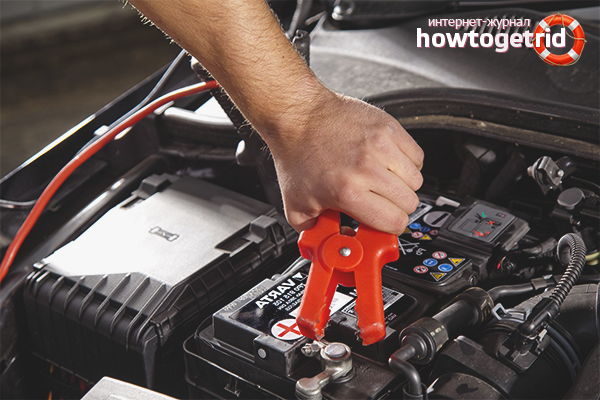
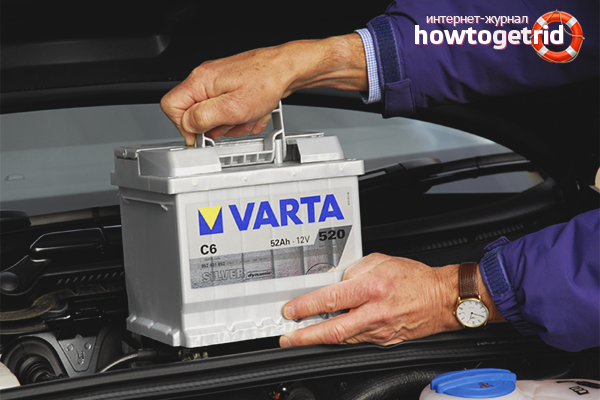
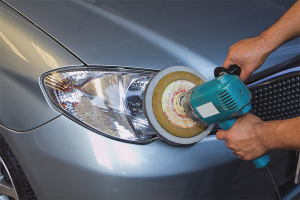
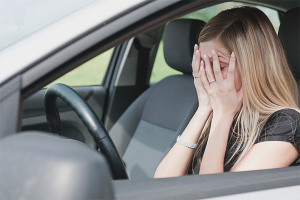

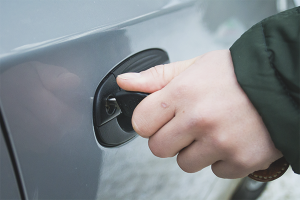
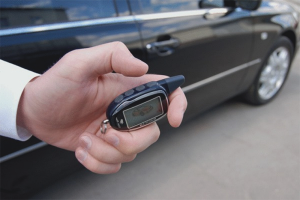
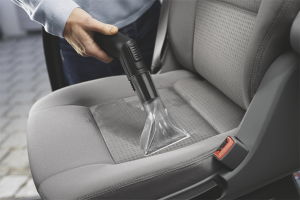


Submit